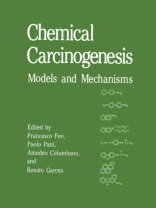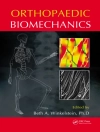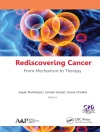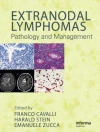About two centuries after the communication by Sir Percival Pott that the "chimney sweeper disease" was a cancer and its suggestion that active compounds of soot were the causative agents, and about one century after the description of urinary bladder cancer in dye workers, an enormous number of substances have been synthesized and have probably come into contact with man. Research in cancer prevention is of primary importance, and may receive continuous support from new discoveries on cancer etiology and pathogenesis. If one accepts the multistage model of chemical carcinogenesis, one has also to accept that many events occur between the contact of carcino- genic compounds and their specific targets and the development of a clinically recognizable neoplasm. Thus, animal studies become essential to elucidate the different steps by which chemical carcinogens induce neoplasia. The analysis of these steps and the comparative evaluation of experimental models is essential to an understanding of pathogenesis.
Francisco Feo & Paolo Pani
Chemical Carcinogenesis [PDF ebook]
Models and Mechanisms
Chemical Carcinogenesis [PDF ebook]
Models and Mechanisms
Compre este e-book e ganhe mais 1 GRÁTIS!
Língua Inglês ● Formato PDF ● ISBN 9781475796407 ● Editora Springer US ● Publicado 2013 ● Carregável 3 vezes ● Moeda EUR ● ID 4714599 ● Proteção contra cópia Adobe DRM
Requer um leitor de ebook capaz de DRM












